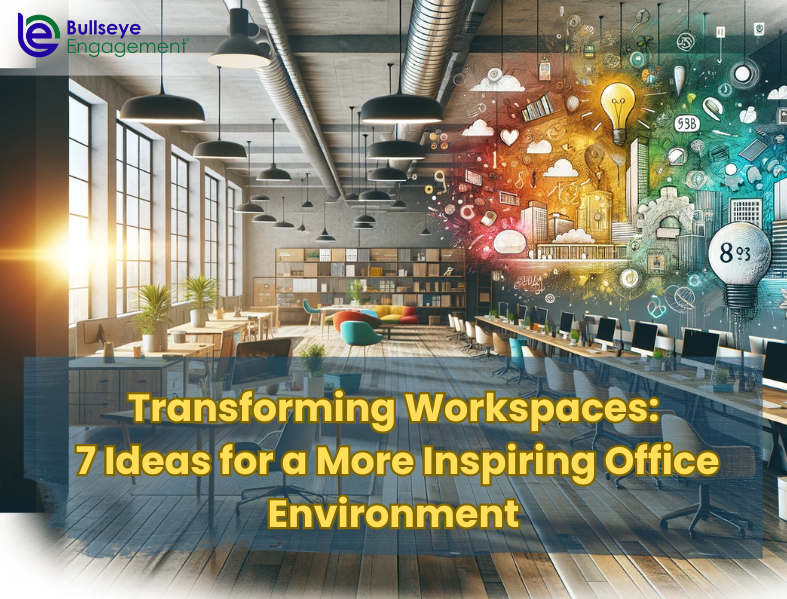Even in uncertain economic conditions, HR leaders should develop strategic workforce plans to be better prepared to tackle future needs. Soni Basi, Ph.D. explained why workforce planning is important and how to get started in our last roundtable.
There’s no doubt that HR leaders in many industries have had to drastically alter their plans and objectives within the past year.
“Many of my peers in the talent space have been challenged with layoffs, furloughs, reductions in force, or realignments with the business, given the economic situation that we’ve all been in this year,” said Soni Basi, Head of Talent Management & Acquisition at AIG. “Given all of that, workforce planning is probably more important now than ever,” Basi added.
Knowing what skills and talent your organization will need in the future and ensuring you’re not over- or under-staffed is critical, but many firms have yet to take workforce planning seriously.
“I’m not sure if a lot of companies are doing workforce planning really well, yet,” said Basi. She notes that workforce planning should be connected to your overall business strategy and should be part of your performance management and organizational goals.
Basi has worked as a consultant and human capital leader for multiple global companies for almost 20 years. She urges business leaders to seriously consider the value of workforce planning because she has seen firsthand the impact on organizations that fail to embrace the full value of their workforce.
Basi’s advice to HR leaders looking to start workforce planning is to start small. Even if you start with workforce planning for just one area of your business, you’ll be “steps ahead as an HR leader,” she said.
To start, “identify where there are pain points in the organization,” she said. Where have you been losing talent in the past? Where have you had a lot of work redesigns in the past? Start there and create an approach to solve those needs. Oftentimes, an organization will not undergo workforce planning for the entire company in year one.
Then, to get buy-in from the rest of the leadership team, it’s important to support your plans with evidence and clear rationale. “Having data at your fingertips is what you absolutely need as an HR professional. I can’t overstate that,” Basi added.
But data is only as powerful as the insights you can draw from it. “You should never show up at a leadership presentation and just have a chart or a graph. You need to be able to explain what that data means and bring it to life,” she said.
As an HR professional, it’s also important to find a core group of people within the company to support you and champion your ideas. You’ll need to bring up workforce plans to your teams on a regular basis so it becomes part of the language of the organization. It helps to have colleagues that support your initiatives, so over time workforce planning becomes more and more of the language of the company.
If you start small, go after your organization’s pain points, and use data to support your plans, workforce planning will become an invaluable discipline for your organization over time.
Soni Basi is a Global Talent Leader and subject matter expert in Executive Search, Global Talent Acquisition, Learning & Development, Performance & Talent Management, Executive Succession, and more. She currently serves as Head of Talent Management & Acquisition at AIG. Her previous roles include VP of Global Talent at Allergan PLC, VP of Global Learning & Talent Development at The Estée Lauder Companies Inc, and Director, Global Learning & Development at Schering-Plough. She holds a Ph.D. in Social Psychology from Bowling Green State University.


